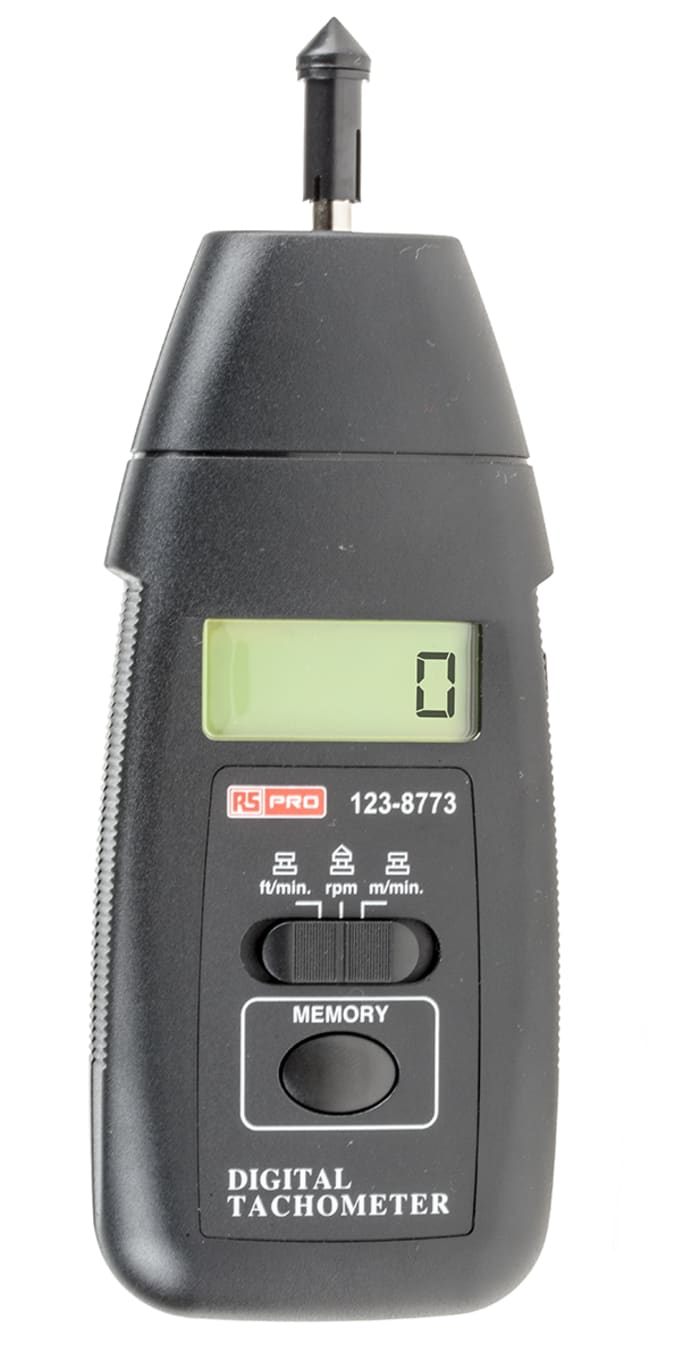Tachometer Purchasing Overview: Functions to Look for and Ideal Brands
Tachometer Purchasing Overview: Functions to Look for and Ideal Brands
Blog Article
The Relevance of a Tachometer in Keeping Track Of Engine Rate and Performance in Automotive Applications
In the world of automobile design, the tachometer stands as a critical tool in the chauffeur's arsenal, supplying a direct home window into the inner operations of a lorry's engine. Past its feature as a plain scale of changes per minute (RPM), the tachometer acts as an important device for lovers and professionals alike, supplying real-time understandings into engine performance and wellness. Recognizing the relevance of this gadget exceeds surface-level monitorings, delving right into the elaborate connection in between engine speed, power output, and total driving experience. As we explore the diverse role of the tachometer in automobile applications, a deeper admiration for its effect on automobile characteristics and effectiveness starts to arise.
Importance of Keeping Track Of Engine RPM
Checking engine RPM, or transformations per min, is a vital aspect of automotive maintenance and efficiency assessment. Engine RPM directly associates with the rate at which the engine's crankshaft rotates, indicating just how swiftly the engine is running.
In addition, keeping track of engine RPM is crucial for performance evaluation in racing and high-performance vehicles. Preserving optimum RPM levels is critical for achieving peak power outcome and velocity. Racers often use tachometers to guarantee they are operating within the excellent RPM variety for optimum efficiency. In summary, keeping an eye on engine RPM is not just crucial for detecting problems however likewise for maximizing engine efficiency in numerous automobile applications.

Advantages of Real-Time Information
In vehicle applications, real-time data plays a critical function in offering immediate insights right into the efficiency and problem of the automobile. By constantly keeping track of numerous parameters such as engine speed, temperature level, fuel intake, and much more, real-time information supplies countless advantages that contribute to boosted effectiveness and security when driving.
One significant advantage of real-time information is its capability to alert drivers and technicians to any anomalies or issues quickly. This proactive technique allows fast identification of prospective troubles, permitting timely interventions to avoid more damage or malfunctions. In addition, real-time information facilitates efficiency optimization by supplying prompt comments on driving routines and engine efficiency. Vehicle drivers can change their behavior in real-time based upon this details to achieve far better gas economic climate and lengthen the life expectancy of their automobile.

Additionally, real-time information plays an important duty in modern-day auto diagnostics, enabling technicians to swiftly detect and attend to breakdowns. This results in reduced downtime, reduced upkeep costs, and ultimately, enhanced overall lorry dependability and longevity (tachometer). By using the power of real-time data, auto stakeholders can make enlightened choices that favorably influence both the efficiency and durability of the vehicle
Effect On Equipment Shifts
The tachometer plays a critical role in optimizing equipment shifts by providing real-time engine rate data to the driver. When approaching the redline on the tachometer, it signifies the motorist to upshift to prevent over-revving the engine and causing prospective damage.
Furthermore, the tachometer help in accomplishing smoother equipment shifts, particularly in hands-on transmissions. By keeping an eye on engine speed, drivers can carry out equipment changes at the ideal RPM array, reducing jerking motions and minimizing endure the transmission elements. This precision in useful content gear modifications not just boosts driving comfort but also adds to sustain performance.
Enhancing Fuel Efficiency
Given the crucial role the tachometer plays in maximizing gear changes for efficiency and engine health, it directly contributes to optimizing gas effectiveness in automobile applications. By giving real-time responses on engine rate, the tachometer helps vehicle drivers in keeping one of the most effective RPM variety for fuel economic situation. When motorists consistently keep an eye on the tachometer and readjust their driving behaviors accordingly, they can prevent unneeded fuel intake triggered by over-revving or lugging the engine.
Additionally, the tachometer helps chauffeurs determine the most fuel-efficient equipment to be in at any type of given moment, preventing the engine from functioning tougher than essential. In conclusion, the tachometer offers as a valuable device in improving gas link efficiency by promoting optimum driving practices and determining locations for enhancement in the vehicle's performance.

Making Best Use Of Engine Durability
The tachometer's role in keeping track of engine speed and performance is crucial in ensuring the durability of auto engines. By making use of the tachometer properly, vehicle drivers can optimize engine longevity with conscious RPM monitoring. Constantly revving an engine too high can bring about too much wear and tear on crucial components, such as the pistons, shutoffs, and bearings. Gradually, this can lead to reduced engine performance and possible malfunctions. Keeping an eye on the tachometer allows drivers to remain within the suggested RPM range for their car, avoiding unneeded stress on the engine and expanding its life expectancy.

Conclusion
To conclude, the tachometer plays a critical role in keeping track of engine speed and performance in vehicle applications. By providing real-time data on RPM, it permits reliable equipment shifts, enhanced gas performance, and made page best use of engine longevity. This tool is vital for maintaining optimum engine performance and guaranteeing the total capability of a lorry.
Report this page